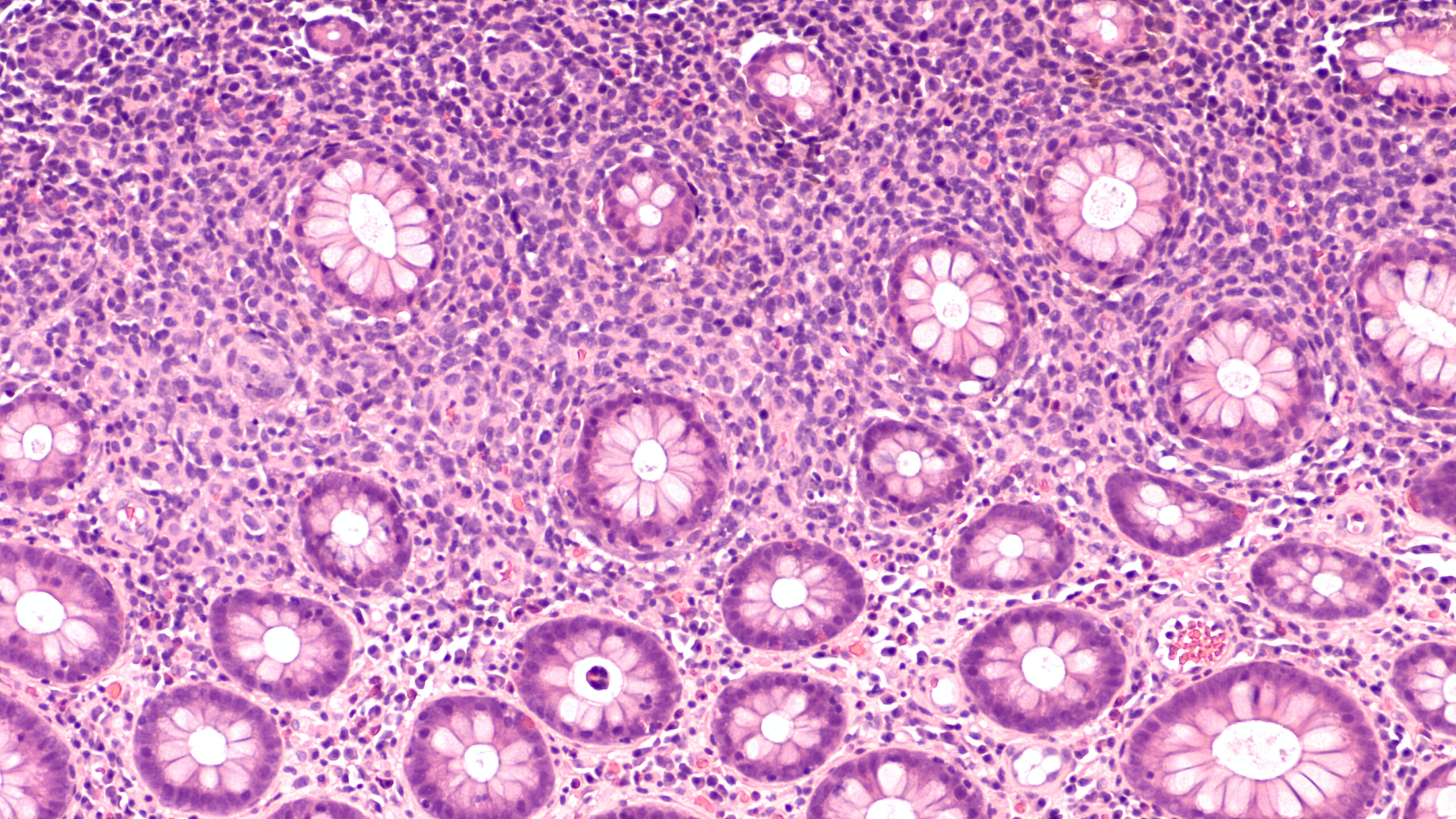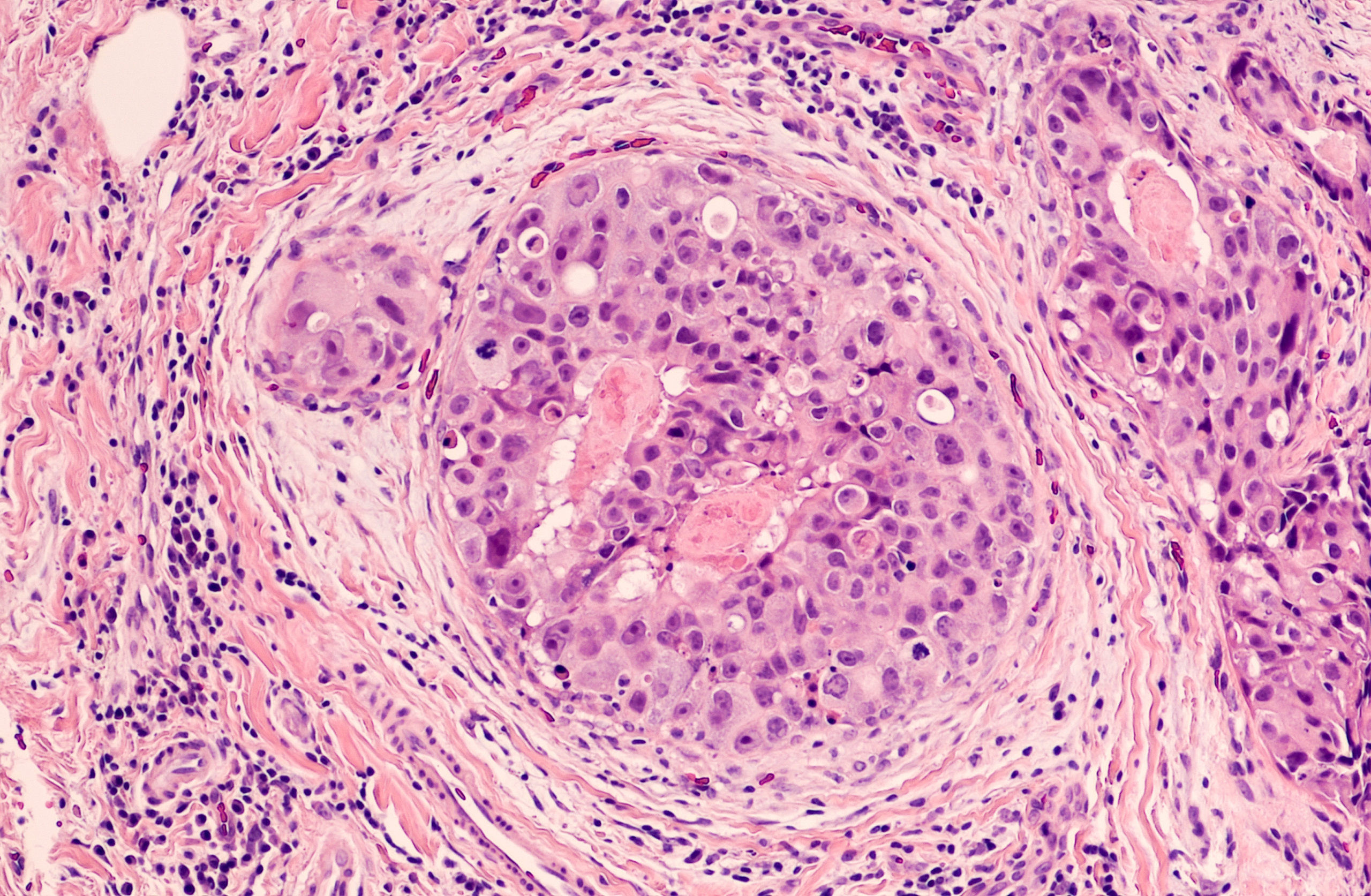
In an article, published in Frontiers in Oncology, researchers characterized the cost-effectiveness of sacituzumab govitecan for hormone receptor-positive/human epidermal receptor 2-negative (HR+/HER2-) metastatic breast cancer among third-party payers in the United States.
According to the authors, even though sacituzumab govitecan demonstrated a clinically significant advantage compared with chemotherapy, it was “unlikely to be a cost-effective therapeutic option” for HR+/HER2- metastatic breast cancer in the third-party payer context with a willingness to pay (WTP) threshold of $150,000 per quality-adjusted life years (QALYs).
The researchers used a partitioned survival model to analyze patients from the TROPiCS-02 study. The primary end points were costs, life-years, QALYs, incremental cost-effectiveness ratio (ICER), incremental net health benefit (INHB), and incremental net monetary benefit (INMB).
Sacituzumab Govitecan Not Cost-Effective Despite Clinical Benefits
Notably, treatment with sacituzumab govitecan was associated with increases of 0.284 life years and 0.217 QALYs versus chemotherapy. However, sacituzumab govitecan was also associated with a cost increase of $132,689, representing an ICER of $612,772 per QALY, the researchers wrote. Additionally, the INHB was -0.668 QALYs, and the INMB was -$100,208.
Researchers did note cost-effectiveness outcomes were sensitive to body weight and price of sacituzumab govitecan. They qualified that sacituzumab govitecan may be cost effective at the $150,000 per QALY WTP threshold if the price was less than $3.997 per mg or if the patient weight is less than 19.88 kg.
Ultimately, however, the investigators suggested sacituzumab govitecan was not currently a cost-effective treatment option for HR+/HER2- metastatic breast cancer from the perspective of third-party payers in the United States.
For more, listen to episode 57 of The Fellow on Call: ER+ and Early-Stage Breast Cancer







 © 2025 Mashup Media, LLC, a Formedics Property. All Rights Reserved.
© 2025 Mashup Media, LLC, a Formedics Property. All Rights Reserved.